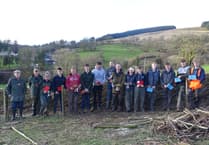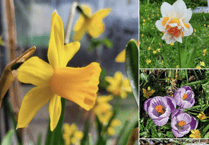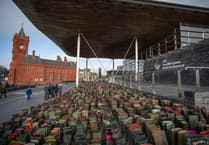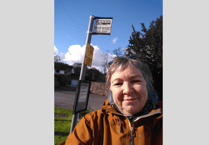On Thursday, September 28, Hay Castle hosted a private viewing of the Josef Herman: Artistiaid Ffoadur Cymru Refugee Artists exhibition.

+ 6
(View All)
The unique exhibition showcases artwork by refugee artists who have found a welcome in Wales from the 1940s to the present day.
With around 100 hundred people in attendance, Thursday signalised the start of the exhibition which will be at the castle until Tuesday, November 14.
The exhibition is centred around the work of Josef Herman, a Jewish émigré from Poland, who was one of the greatest depicters of life in a Welsh mining community, having settled in the village of Ystradgynlais where he stayed for 11 years.
His work is said to raise relevant contemporary questions over the interplay between local and migrant identities.
In 1944 he visited Ystradgynlais on holiday, and made it his home until 1955. He later said: "I stayed here because I found all I required. I arrived here a stranger for a fortnight; the fortnight became 11 years."
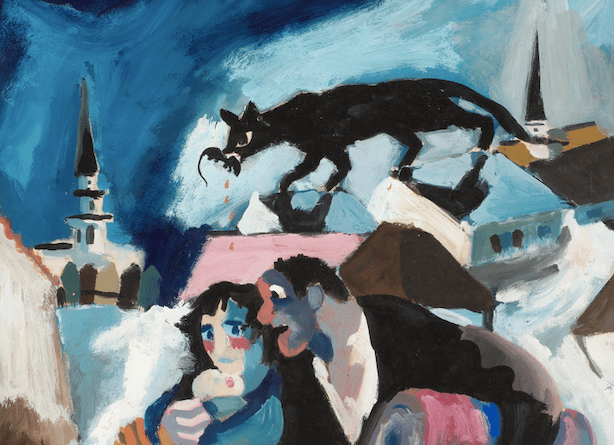
The exhibition is split into two parts. The first part shows artwork made by refugees currently seeking sanctuary in Wales, such as Petro Birov from Ukraine, Indika Rajapaksha from Sri Lanka, Nathaly Buitrago from El Salvador, and Svitlana Kozmin from West Ukraine.
The other part of the gallery showcases art work by refugees from the 20th century, such as Josef Herman, Martin Bloch, Maurice Sochachewsky, Bettina Adler, Heinz Koppel, and Harry Weinberger.
All of their artwork was inspired through their life and the Welsh landscape.
Hay Castle to host art exhibition focussing on refugee artists: https://www.brecon-radnor.co.uk/news/hay-castle-to-host-art-exhibition-focussing-on-refugee-artists-638676
